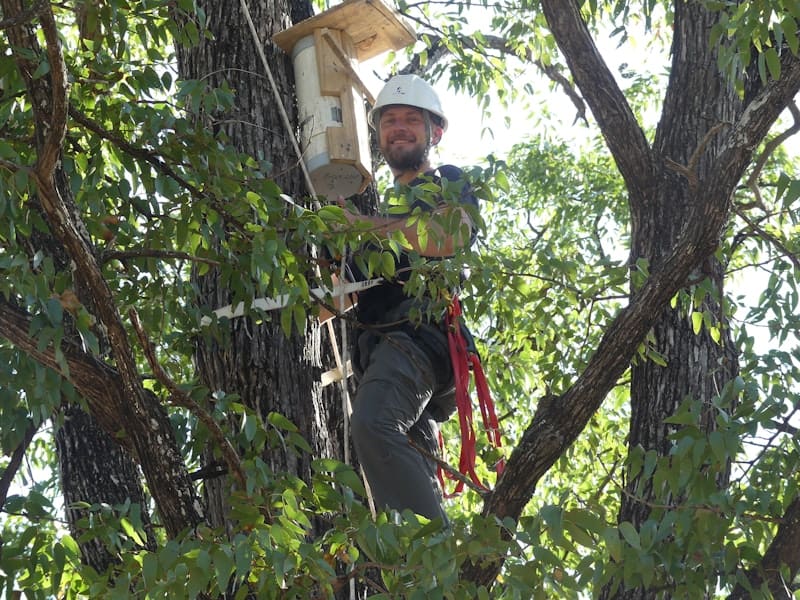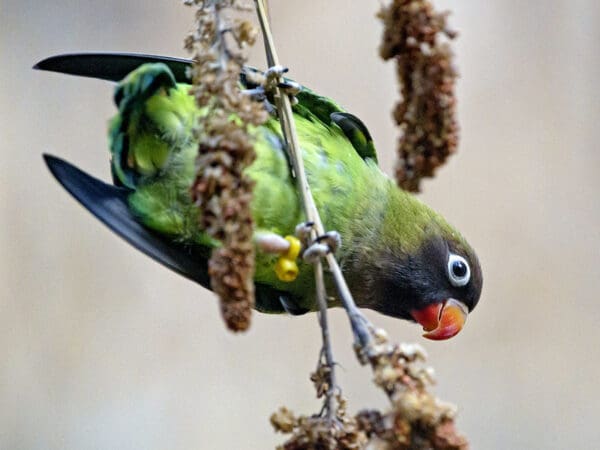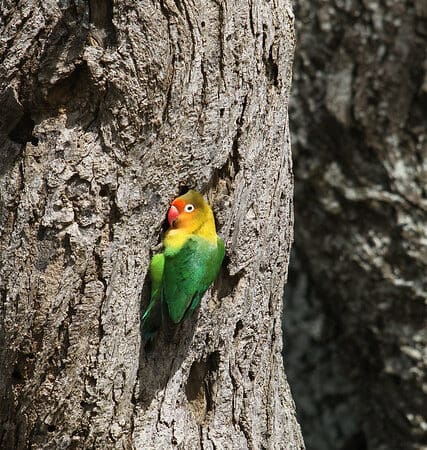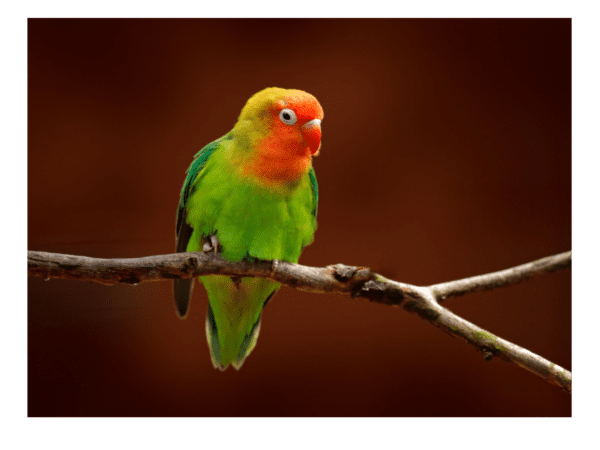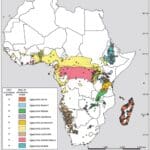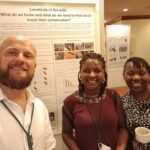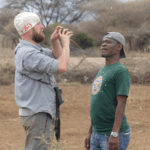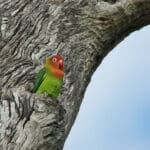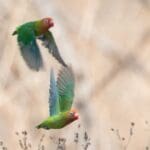Program: Africa Lovebird Conservation
About
Wild lovebirds are found throughout central and south Africa in mainly savanna and dry forest terrain. There are nine species of lovebird; eight in Africa and one in Madagascar.
Many lovebird species are threatened by trapping for trade, forest loss and fragmentation, persecution and changes in climate. Some species' populations, such as Lilian's and Black-cheeked Lovebirds, number as few as 10,000 in the wild. Other species' status are less known. The changing habitat has driven range expansions and, in combination with trade, has created a number of new contact zones between species that were formerly divided by natural barriers. Hybridisation has been reported, particularly in East Africa. This could have implications for the conservation of the most at-risk lovebirds.
Actions and History
To support the conservation of Africa’s lovebirds, the World Parrot Trust has undertaken the following key actions:
- Field surveys across key range countries
Mapped distribution, estimated population sizes, and assessed habitat needs of Lilian’s, Black-cheeked, and Fischer’s Lovebirds to guide conservation planning. - Nest box trials to address habitat loss
Installed artificial nest boxes in areas such as Malawi to help offset the loss of natural nesting trees due to ongoing deforestation. - Community education and outreach programs
Delivered conservation messaging to local schools and villages near Liwonde National Park and other key sites to raise awareness and reduce human-related threats to lovebirds. - Genetic sampling and analysis
Conducted DNA studies across multiple lovebird populations to clarify taxonomy, detect possible hybridisation, and inform species-specific conservation priorities. - Collaborative resurveys and status updates
Partnered with local and regional stakeholders to resurvey under-studied populations—particularly Fischer’s Lovebird—to update their conservation status and better inform protection strategies.
These efforts have helped guide research priorities, inform regional conservation strategies, and develop practical tools to safeguard the most vulnerable lovebird species.
Make a diffence in the lives of parrots.
PROJECTS
Find out how the World Parrot Trust is supporting African lovebird conservation.
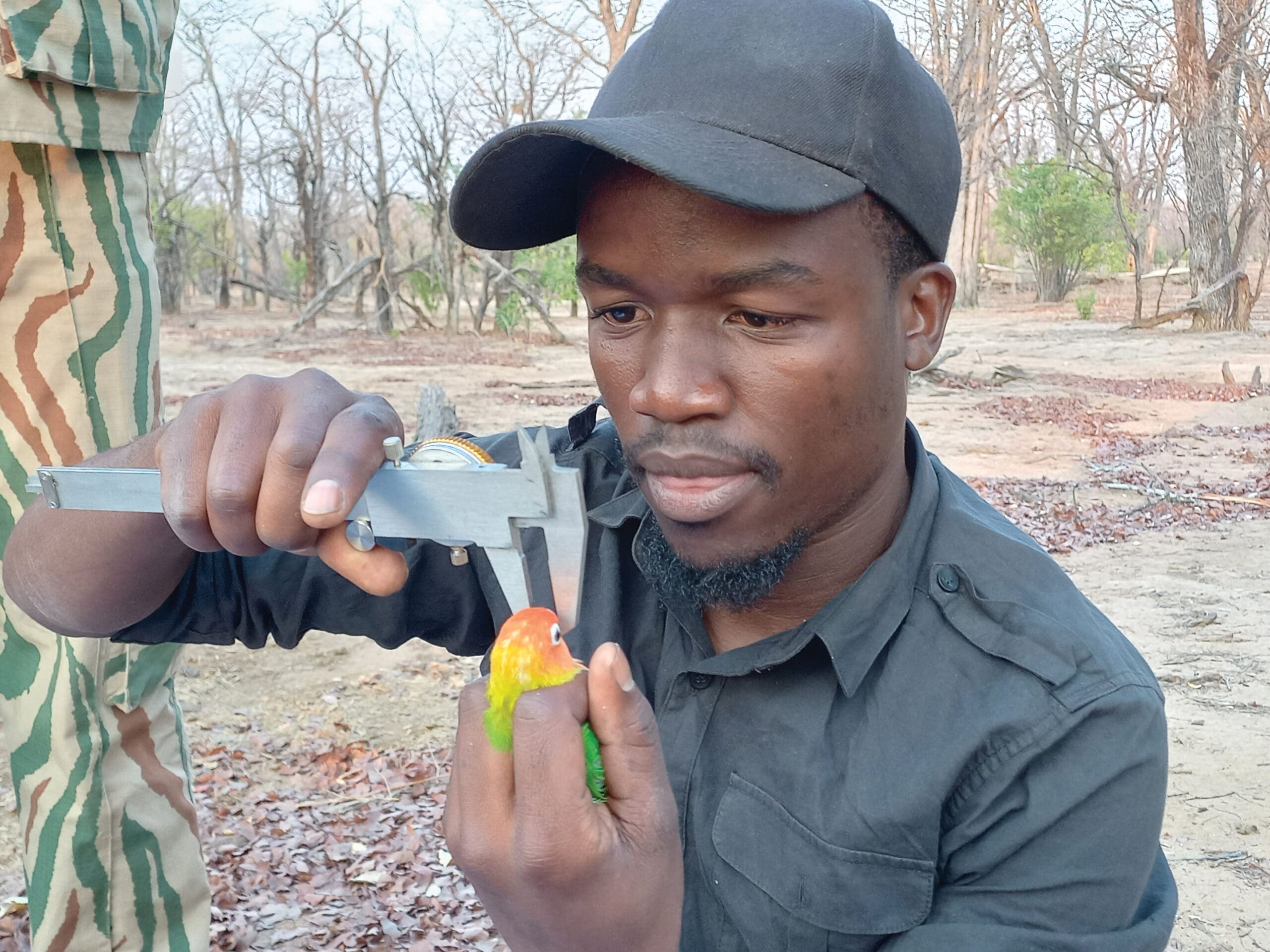
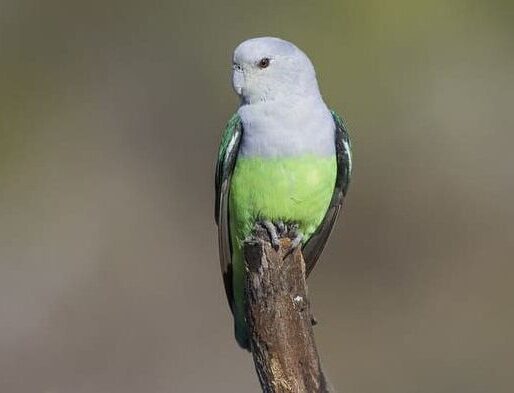
![A wild Lilian’s Lovebird perches in a tree © Nik Borrow [CC BY-NC 2.0] via Flickr A wild Lilian's Lovebird perches in a tree © Nik Borrow [CC BY-NC 2.0] via Flickr](https://parrots.org/wp-content/uploads/2024/08/Lilians-Lovebird-c-Nik-Borrow-CC-BY-NC-2.0-via-Flickr.jpg)
